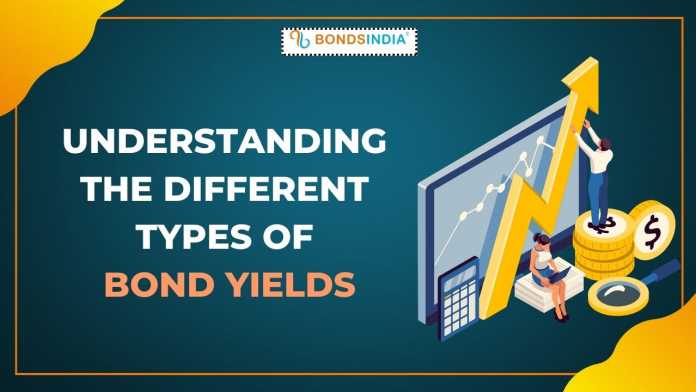When it comes to investing in bonds, it’s important to understand the different types of bond yields so that you can make the best decision for your portfolio. In this article, we’ll explain the different types of bond yields and how they can impact your investment strategy.
What is a Bond Yield?
A bond yield is the annual return on an investment in a bond. The yield is the interest rate that the bond pays, plus any capital gains that the bond generates. Yields can be calculated for different time periods, such as one year, five years, or ten years.
Different types of bonds have different yields. For example, government bonds typically have lower yields than corporate bonds. This is because government bonds are considered to be less risky than corporate bonds.
Investors can compare the yields of different bonds to see which one offers the best return for their investment. They can also use Bond Yields to measure the riskiness of different types of bonds.
Types of Bond Yields
Bond yields are often confusing to investors because there are so many different types. Here is a quick guide to the different types of bond yields so you can make sense of them all:
Nominal Yield: This is the simplest type of yield and is simply the stated interest rate on the bond.
Current Yield: This yield takes into account the current price of the bond, not just the face value. It is calculated by dividing the annual interest payments by the current price of the bond.
Yield to Maturity (YTM): This yield assumes that you hold the bond until it matures and reinvest all interest payments at the same rate. It accounts for changes in price and gives you the total return on your investment.
Realized Yield: This is the actual return you earned on your investment, taking into account any capital gains or losses.
Effective Annual Yield: This yield includes all fees and expenses associated with buying and holding a bond. It is a good way to compare different bonds.
Bond yields can be confusing, but understanding the different types is important for making informed investment decisions.
How to Calculate Bond Yields
Bond yield is a measure of the return on investment for a bond. Yield is calculated by dividing the interest payments on the bond by the purchase price of the bond. The higher the yield, the greater the return on investment. There are several different types of bond yields, and each is calculated differently.
The most common type of bond yield is the coupon yield, which is simply the interest payment divided by the purchase price. For example, if a bond has a coupon rate of 5% and a purchase price of $1,000, the coupon yield would be 5%.
Another type of bond yield is the current yield, which takes into account any changes in the price of the bond. For example, if a bond has a coupon rate of 5% and a purchase price of $1,000 but trades at $950, the current yield would be 5.26%.
Yield to maturity is another type of bond yield that takes into account all future interest payments and assumes that the bond will be held until it matures. For example, if a bond has a coupon rate of 5%, a purchase price of $1,000, and five years remaining until maturity, the yield to maturity would be
Why Bond Yields Matter
Bond yields are important for understanding the overall health of the bond market, which can impact everything from mortgage rates to the stock market. Here, we’ll take a look at what bond yields are and how they work.
When you buy a bond, you’re effectively loaning money to the issuer – usually a government or corporation. In exchange, the issuer agrees to pay you interest at regular intervals, as well as repay the principal amount of the loan when the bond matures. The interest rate paid by the issuer is known as the coupon rate.
The coupon rate is fixed when the bond is issued, but the market value of the bond will fluctuate based on changes in interest rates. If interest rates rise, the market value of bonds will fall (because investors can get a better return elsewhere), and vice versa. The difference between the coupon rate and the current yield is known as the yield spread.
The yield spread is an important metric for bond investors, because it can impact both returns and risk. A wide yield spread indicates that there is a lot of room for capital appreciation if interest rates fall, but also a higher risk of losses if rates rise. A narrow yield spread, on the other hand.
There are a lot of different ways to invest your money, but one of the smartest things you can do is invest in good debt funds. These funds are designed to help you pay off your debts faster and with less interest. They can also help improve your credit score. Good debt funds are a great way to make sure you’re getting the most out of your money.
Conclusion
There are a few different types of bond yields, and it’s important to understand the difference between them. The yield to maturity is the most important one, as it takes into account the current market conditions and gives you an idea of what your return on investment will be. However, other types of bond yields can be useful in different situations. For example, if you’re interested in getting periodic payments from your bonds, then the yield to call might be more relevant to you. Ultimately, it’s up to you to decide which type of bond yield is most important to you and use that information to make the best investment decisions.







